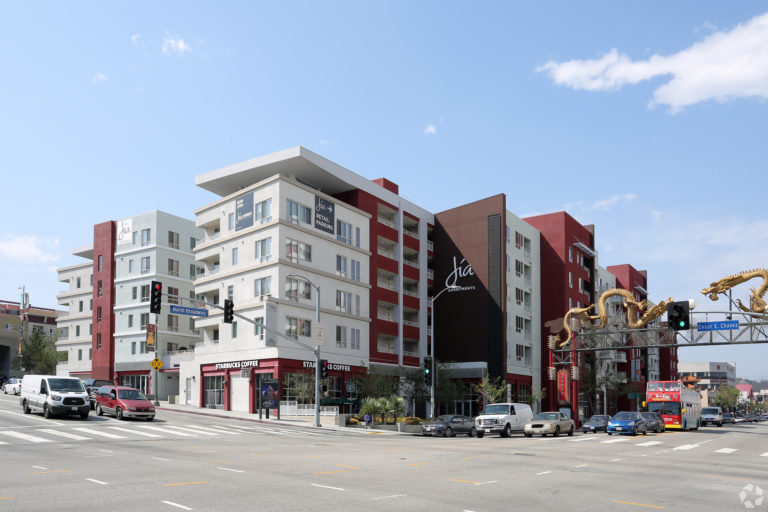
Those dramatic changes, in turn, are having an ongoing impact on the retail real estate market, where prices have slipped and vacancies have climbed during the pandemic.
In the third quarter, the average asking rental rate for retail properties decreased 15 cents to $2.86 a square foot on a triple-net basis quarter over quarter, according to data from CBRE Group Inc.
Vacancy rates, meanwhile, have increased to 6.2%, up from 5.8% last year.
There are signs of improvement, though. Experts say leasing activity is slowly starting to pick up after months of challenges.
“It’s interesting, this time that we’re in. We saw a huge pause at the beginning of Covid, but like anything else, folks adapt. What we’re starting to see now is in certain sectors a little bit more of a gradual pick-up,” CBRE Senior Vice President Derrick Moore said.
Fitness tenants and full-service restaurants may not be champing at the bit to sign leases, he added, but daily needs tenants like pharmacies are doing deals.
Newmark Group Inc. Vice Chairman Jay Luchs said activity started to pick up in September, although new leases have required a lot of work to address rent deferral or abatement requests.
“It’s been incredibly rewarding and draining at the same time,” Luchs said of the last few months.
Increased incentives
If there’s a silver lining, he added, it’s that lease rates are only 10-15% below pre-Covid levels, which means the decline was “not as much as we were previously thinking.”
Richard Rizika, co-founder of Beta Agency Inc., said “the deals that are getting done are as close to the lease rates as we’ve had pre-pandemic. The major difference that we are seeing is a lot of the incentives that are being provided to make those deals at those pre-Covid rates.”
Although many landlords are keeping rents high, according to Moore, “You may be seeing greater concessions in the form of more free rent or more (tenant improvements) to keep that coupon rate high.”
It’s not uncommon for landlords to offer concessions, including shorter lease terms, instead of rent reductions, especially if building owners are thinking of selling at some point. Lenders sometimes require certain rental rates to be met.
Newmark’s Luchs said he has seen more short-term deals and some structured where a percentage of sales are paid as at least part of the rental agreement.
He added that he urges landlord clients to lower asking rents by roughly 20%.
“You have to show a sensitivity to Covid. If you don’t, you look a little clueless at this point,” he said.
Rizika said tenants are interested in space that has already been built out that they will not have to spend money on.
“Plain, vanilla space is a lot more challenging unless we can provide the concessions to get a tenant over the issues that they are facing,” Rizika said.
Evictions loom
Once Los Angeles County’s eviction moratorium ends, he expects an increase in vacancies as tenants who haven’t paid their rent are evicted.
“There’s been a year where some tenants haven’t paid landlords. Some landlords have been structuring deals, but there are some that can’t collect,” Luchs said.
Rizika said he expects to see more concessions and lower rents going forward. He thinks lower rents could last through the second quarter of next year.
Moore said that if workers do not return to office buildings, some areas could see rents drop even more.
“A heavily centric business district like DTLA is seeing a disproportionately high closure level,” he said.
As people return to their offices, though, he expects retail to start to do better while daily needs tenants will continue to do well.
And some areas are still in demand.
“The areas that continue to be highly trafficked, whether they are shopping centers or business districts, continue to get the attention from merchants that want to continue to expand,” Rizika said.
Luchs added that now could actually be a good time for brands that are doing well to add locations and “capture what we hope is the bottom.”
“Right now, it’s a tenant’s market,” he said.
